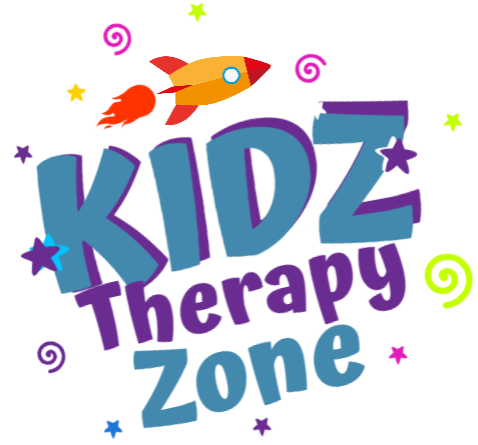Apraxia: Unraveling Speech Challenges
Apraxia of speech (AOS) is a neurological speech sound disorder that disrupts the brain’s ability to plan and coordinate the movements required for speech. Unlike speech disorders caused by muscle weakness or paralysis, apraxia stems from issues in the brain’s pathways responsible for sequencing speech sounds. This condition can affect both children and adults, presenting unique challenges in communication.
What is Apraxia of Speech?
AOS is classified into two main types:
- Acquired Apraxia of Speech:
- Typically occurs in adults due to brain damage from strokes, head injuries, or neurological illnesses. It affects previously developed speech abilities.
- Childhood Apraxia of Speech (CAS):
- A developmental condition present from birth. Unlike typical speech delays, CAS involves difficulty planning and producing speech sounds despite normal intelligence and comprehension.
Symptoms of Apraxia
People with apraxia exhibit distinct speech characteristics, including:
- Sound Distortions: Difficulty pronouncing words correctly, especially vowels.
- Inconsistent Errors: Variability in speech errors—a word might be pronounced correctly one moment and incorrectly the next.
- Groping Movements: Visible effort to find the correct sound or word, often requiring multiple attempts.
- Abnormal Prosody: Disruptions in the rhythm, stress, and intonation of speech, leading to an unnatural speaking pattern.
Children with CAS often understand language better than they can express it. They may also experience additional challenges with motor skills or other speech-related difficulties.
Causes of Apraxia
The underlying causes of apraxia vary:
- Acquired AOS: Caused by brain damage in areas responsible for speech, often from strokes, traumatic injuries, or tumors.
- Childhood CAS: While the exact cause is unclear, genetic factors and family history of communication disorders or learning disabilities may play a role.
Unlike other conditions, CAS does not show structural brain abnormalities in imaging studies, making diagnosis reliant on observing speech patterns.
Diagnosis
Diagnosing apraxia requires the expertise of speech-language pathologists (SLPs). Since no single test definitively confirms apraxia, professionals rely on:
- Repeated speech tasks to assess consistency.
- Evaluations of prosody, word repetition, and syllable sequencing.
- Ruling out other conditions, such as dysarthria (muscle weakness) or aphasia (language processing issues).
For children, diagnosis often involves observing speech over time to distinguish CAS from typical developmental delays.
Treatment for Apraxia
Speech therapy is essential for managing apraxia. Effective approaches include:
- Repetition and Practice: Frequent repetition of words and phrases helps reinforce correct speech patterns.
- Multisensory Feedback: Using visual, auditory, and tactile cues to guide speech production.
- Prosody Training: Focusing on rhythm, stress, and intonation to improve the natural flow of speech.
- Assistive Communication Tools: In severe cases, devices such as tablets or speech-generating apps can support communication.
Children with CAS require consistent, intensive therapy tailored to their individual needs. Progress may be gradual, but early and sustained intervention is critical for improvement.
Coping with Apraxia
Families and caregivers can play a crucial role in supporting individuals with apraxia. Strategies include:
- Encouraging Practice: Reinforce therapy exercises at home.
- Promoting Patience: Avoid frustration during communication attempts; celebrate small victories.
- Using Visual Aids: Incorporate pictures or written words to supplement spoken communication.
- Seeking Support: Join groups for families navigating similar challenges to share experiences and resources.
Advances in Research
Ongoing studies aim to better understand apraxia, focusing on:
- Identifying genetic markers for CAS.
- Exploring brain mechanisms involved in speech planning and coordination.
- Developing innovative diagnostic tools and therapies.
A Hopeful Outlook
Although apraxia presents significant challenges, early diagnosis and tailored intervention can lead to meaningful progress. With the support of skilled therapists, dedicated caregivers, and continued research, individuals with apraxia can find their voice and achieve greater independence.

